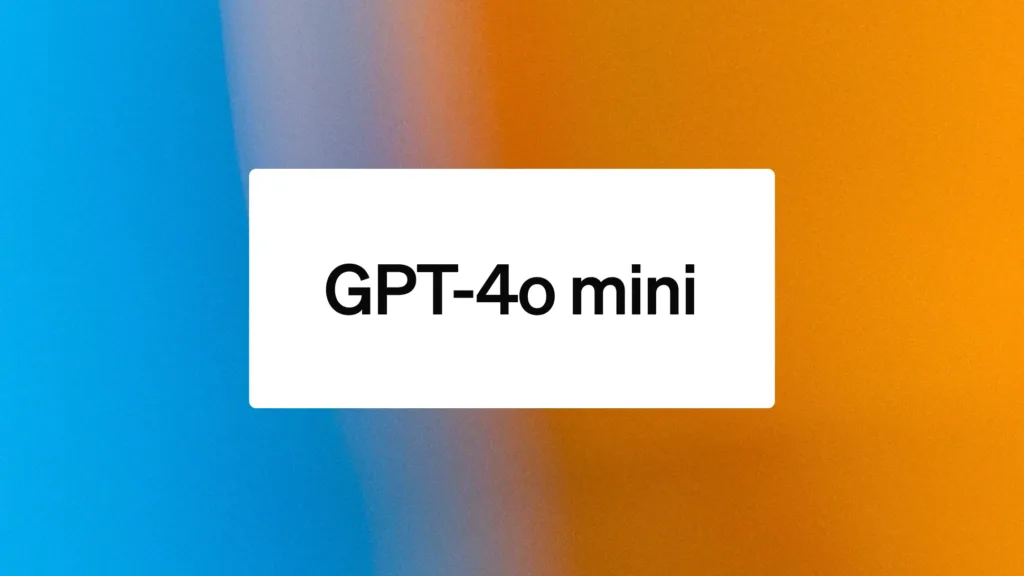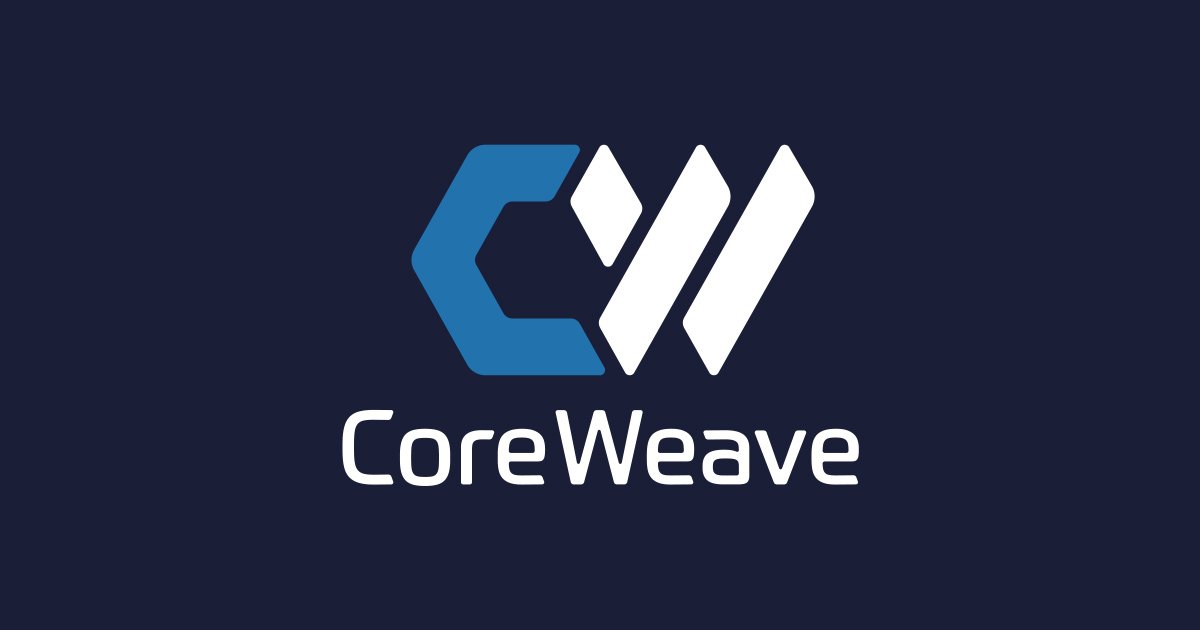We usually write our own content, using LLMs to perhaps help refine our research, but in honor of OpenAI releasing its new GPT-4o Mini language model just a day after Meta released its Llama 3.1, and on the same day Mistral releases its new Mistral Large 2, we’ll let GPT 4o mini tell you about itself.
The below is an unedited response generated by ChatGPT after we fed it OpenAI’s announcement blog and asked it to write itself up, so the adjectives may not reflect the ones we’d choose (and we’ve found that ChatGPT loves effusive adjectives).
OpenAI has unveiled GPT-4o mini, a new small-scale model designed to enhance the accessibility and affordability of AI. The model represents a significant leap in cost-efficiency while maintaining high performance on key benchmarks. This announcement underscores OpenAI’s commitment to broadening the applicability of AI across diverse sectors by reducing the financial barriers to entry.
Key Highlights:
- Cost Efficiency:
- GPT-4o mini is priced at 15 cents per million input tokens and 60 cents per million output tokens, making it an order of magnitude more affordable than previous models. It is more than 60% cheaper than GPT-3.5 Turbo, setting a new standard for cost-effectiveness in AI deployment.
- Performance Metrics:
- The model achieves an impressive 82% on the MMLU benchmark, surpassing other small models such as Gemini Flash and Claude Haiku.
- It excels in reasoning tasks involving both text and vision, math reasoning, and coding tasks, consistently outperforming its predecessors.
- Technical Specifications:
- GPT-4o mini supports text and vision in the API, with future plans to include text, image, video, and audio inputs and outputs.
- It features a context window of 128K tokens and supports up to 16K output tokens per request, with knowledge up to October 2023.
- The model leverages an improved tokenizer, enhancing the cost-effectiveness of handling non-English text.
- Application Potential:
- The model’s low cost and latency enable a broad range of applications, including:
- Chaining or parallelizing multiple model calls (e.g., calling multiple APIs).
- Handling large volumes of context (e.g., full code base or conversation history).
- Providing fast, real-time text responses (e.g., customer support chatbots).
- The model’s low cost and latency enable a broad range of applications, including:
- Safety and Reliability:
- GPT-4o mini incorporates safety measures from the outset, including filtering out harmful content during pre-training and aligning model behavior using reinforcement learning with human feedback (RLHF).
- It employs the instruction hierarchy method to improve resistance to jailbreaks, prompt injections, and system prompt extractions, enhancing the reliability and safety of its responses.
- Availability and Access:
- GPT-4o mini is available through the Assistants API, Chat Completions API, and Batch API.
- It is accessible to Free, Plus, and Team users on ChatGPT, replacing GPT-3.5, with Enterprise access set to follow.
Strategic Implications:
- Market Expansion:
- The affordability of GPT-4o mini positions it as a pivotal tool for developers and businesses seeking to integrate AI into their operations without prohibitive costs.
- Its strong performance across various benchmarks ensures that it can handle complex tasks, broadening the range of potential applications.
- Competitive Edge:
- By significantly reducing the cost of deploying high-performance AI models, OpenAI strengthens its competitive edge in the rapidly evolving AI market.
- The superior performance of GPT-4o mini compared to other small models and its predecessor, GPT-3.5 Turbo, highlights OpenAI’s continued leadership in AI research and development.
- Future Developments:
- OpenAI’s commitment to further reducing costs and enhancing capabilities indicates a trajectory towards even more accessible and powerful AI solutions.
- The planned support for multimodal inputs and outputs will expand the utility of GPT-4o mini, making it a versatile tool for a wide array of applications.
Motivation:
OpenAI released GPT-4o mini for several strategic reasons:
- Accessibility and Affordability:
- The primary goal is to make advanced AI technology more accessible and affordable to a wider range of users. By significantly reducing the cost of deploying AI models, OpenAI enables more individuals, startups, and organizations to integrate AI into their operations, democratizing access to powerful AI tools.
- Market Expansion:
- The lower cost of GPT-4o mini opens up new market segments that were previously unable to afford high-performance AI models. This includes small to medium-sized enterprises and individual developers who can now leverage AI for various applications without incurring prohibitive costs.
- Increased Utility and Versatility:
- With its low cost and high performance, GPT-4o mini supports a broader range of applications. This includes tasks that require chaining or parallelizing multiple model calls, handling large volumes of context, and providing real-time text responses. The model’s versatility makes it suitable for diverse use cases across different industries.
- Enhanced Performance:
- GPT-4o mini outperforms previous models like GPT-3.5 Turbo on key benchmarks, demonstrating superior reasoning, math, and coding capabilities. This enhanced performance ensures that users can achieve better outcomes in their AI-driven tasks, making the model more attractive for various applications.
- Future-Proofing:
- By planning to support multimodal inputs and outputs in the future, GPT-4o mini is designed to be forward-compatible with emerging needs and technologies. This future-proofing approach ensures that the model remains relevant and useful as AI continues to evolve.
- Safety and Reliability:
- OpenAI has incorporated robust safety measures into GPT-4o mini, including pre-training filters and reinforcement learning with human feedback (RLHF). This focus on safety ensures that the model can be used responsibly and reliably in different applications, addressing potential risks and ethical concerns.
- Strategic Leadership:
- Releasing GPT-4o mini reinforces OpenAI’s position as a leader in AI innovation. By continually advancing AI technology and making it more accessible, OpenAI demonstrates its commitment to shaping the future of AI and maintaining its competitive edge in the market.
- Feedback and Improvement:
- Working with trusted partners to understand the use cases and limitations of GPT-4o mini helps OpenAI gather valuable feedback. This feedback is crucial for refining the model and developing future iterations that better meet user needs and industry demands.
In summary, OpenAI released GPT-4o mini to broaden the accessibility and affordability of advanced AI, expand its market reach, enhance the utility and performance of AI applications, ensure future relevance, prioritize safety and reliability, maintain strategic leadership, and gather feedback for continuous improvement.
Conclusion:
The announcement of GPT-4o mini marks a significant milestone in the evolution of AI accessibility and affordability. With its impressive performance metrics, extensive application potential, and robust safety measures, GPT-4o mini is poised to drive the next wave of AI adoption across industries. OpenAI’s strategic focus on cost reduction and capability enhancement reaffirms its position at the forefront of AI innovation.




